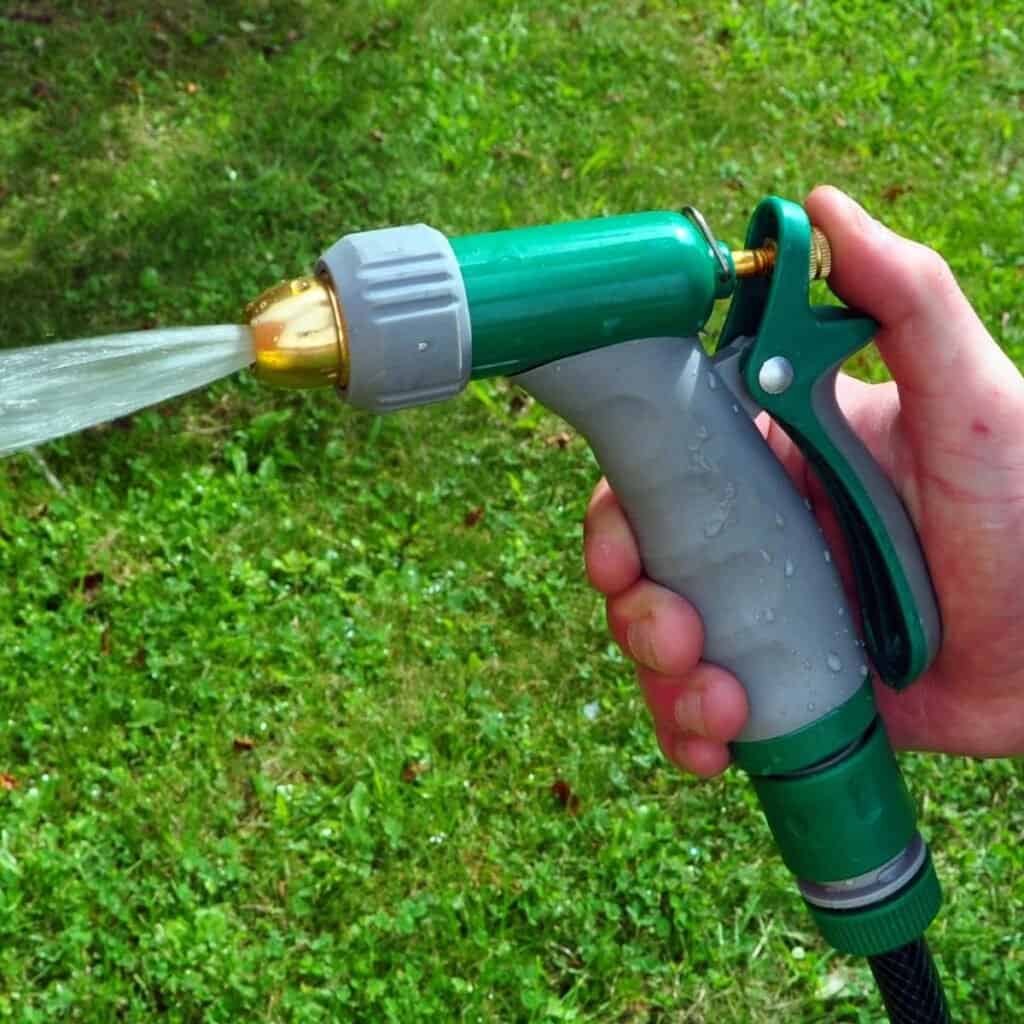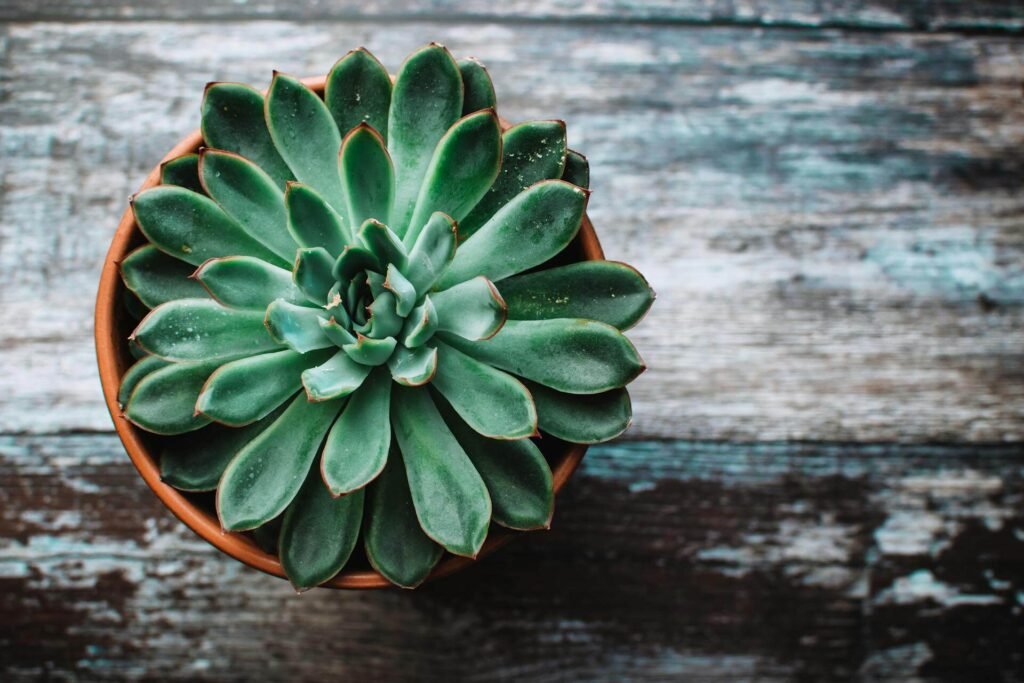10 Tips for Gardening Without Pain
Disclosure: This post may contain affiliate links. If you click through and make a purchase, I may earn a small commission at no extra cost to you. As an Amazon Associate, I earn from qualifying purchases. Thank you for supporting My Stylish Backyard.
Gardening is a joy, but for those of us dealing with arthritis, chronic pain, or mobility issues, it can become physically demanding. However, with a few adaptations, you can make gardening without pain and more comfortable and still enjoy the benefits of growing your own plants. Here are 10 pain-free gardening tips to help you garden without unnecessary strain in an accessible garden.
Top 10 Tips For Gardening Without Pain
1. Use Raised Garden Beds
Raised garden beds are a great way to eliminate the need for bending and kneeling. You can easily tend to your plants while standing or sitting, reducing pressure on your back and knees.

2. Invest in Ergonomic Tools
Ergonomic gardening tools are specially designed to reduce strain on your hands and wrists. Look for tools with padded grips and long handles to make gardening easier and more comfortable.

3. Use Kneeling Pads or Benches
Kneeling benches and pads provide extra cushioning when you need to work closer to the ground. You can also invest in garden benches with built-in kneelers to support you while you garden.

4. Plant in Containers

Container gardening allows you to grow plants without bending over. You can place containers on tables or elevated surfaces for easy access, making it an ideal method for people with mobility or pain issues. Many containers are lightweight and make moving them around much easier , while still looking good in the garden. Another great option is growing vegetables or flowers in the ‘Garden Tower‘ System.
5. Install Drip Irrigation
Watering can become a hassle, especially if you’re carrying heavy watering cans or hoses. Drip irrigation systems automatically water your plants, saving your joints from unnecessary strain.

6. Choose Low-Maintenance Plants
Opt for low-maintenance plants like succulents, perennials, and shrubs that don’t require constant care. This reduces the amount of weeding, pruning, and watering you’ll need to do.

7. Use Long-Handled Tools
Long-handled tools such as weeding tools, pruners, and shovels allow you to reach plants and soil without bending over. These tools reduce pressure on your lower back and knees.
8. Pace Yourself
It’s easy to overdo it in the garden, but pacing yourself is key. Take frequent breaks, work during the cooler parts of the day, and break large tasks into smaller steps to avoid strain. Make sure you wear a sun hat to protect yourself from the harsh sun as well as apply sunscreen. Try my favourite sunscreen. Also make sure you keep well hydrated. Always have your trusty water bottle with you – this is my favourite waterbottle when I am out and about.
9. Wear Supportive Gloves
Supportive, padded gloves can help alleviate pressure on your joints, especially if you suffer from arthritis. These arthritis friendly gloves offer extra cushioning while allowing for flexibility and grip.

10. Incorporate Seating Areas
Having a designated resting spot in your garden allows you to take breaks and relax. Consider adding a comfortable garden bench or seat where you can rest between tasks.

Conclusion: You Can Still Enjoy Gardening—Even with Pain
Gardening with pain or limited mobility can feel daunting at first, but with a few adjustments, it’s entirely possible to create a space that’s both beautiful and accessible. My own journey has taught me that gardening doesn’t have to be a physically demanding activity. By incorporating raised beds, adaptive tools, vertical gardening, and easy-access paths, I’ve found ways to enjoy the hobby I love without pushing my body beyond its limits.
Remember, an accessible garden is a garden that works for you, not against you. Whether you’re planting flowers, growing vegetables, or simply enjoying the serenity of nature, don’t let pain or mobility challenges stop you from creating your perfect garden. After all, gardening is about joy—and everyone deserves to experience that, no matter their abilities.







